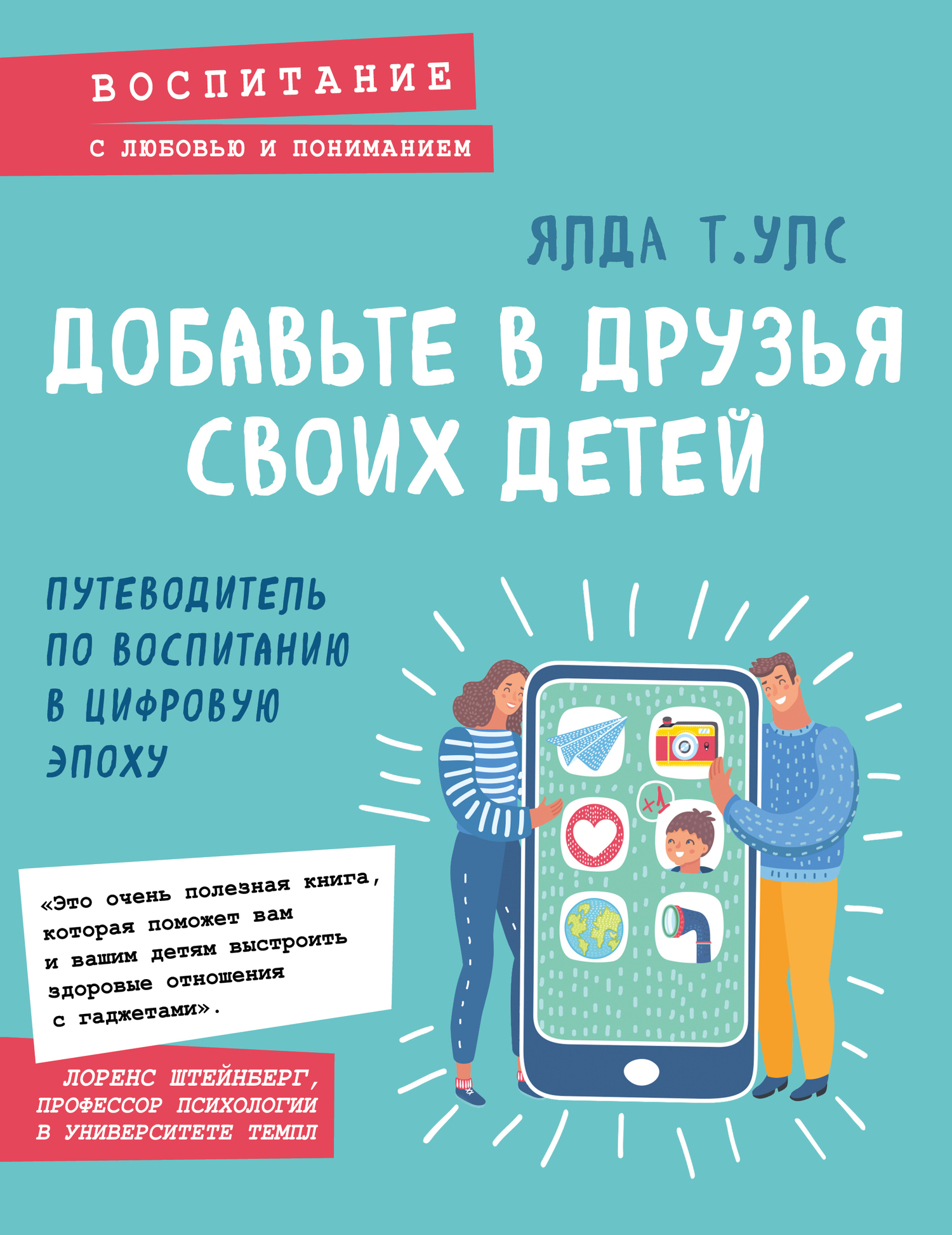Шрифт:
Закладка:
Вы хотите, чтобы ваш ребенок был счастливым, успешным и безопасным в мире, где технологии играют все большую роль? Вы хотите понимать его интересы, проблемы и потребности в эпоху интернета, социальных сетей и смартфонов? Вы хотите быть не только родителем, но и другом для своего ребенка?
Если да, то эта книга для вас. Она написана Ялдой Т. Улс – психологом, исследователем и экспертом по цифровому воспитанию. Она сама является матерью трех детей и знает, как сложно найти баланс между технологиями и реальной жизнью.
В книге «Добавьте в друзья своих детей. Путеводитель по воспитанию в цифровую эпоху» вы найдете много полезных советов, примеров и упражнений, которые помогут вам:
- Понять, как технологии влияют на развитие детей и подростков, их мозг, эмоции, поведение и общение.
- Установить правила и границы по использованию технологий в семье, учитывая возраст и индивидуальность ребенка.
- Защитить ребенка от онлайн-угроз, таких как кибербуллинг, секстинг, зависимость и манипуляция.
- Поддержать ребенка в его творчестве, обучении и развлечении с помощью технологий.
- Стать хорошим примером для ребенка по использованию технологий и развить с ним доверительные отношения.
«Добавьте в друзья своих детей. Путеводитель по воспитанию в цифровую эпоху» – это книга для тех, кто хочет быть современным и ответственным родителем. Это книга для тех, кто хочет помочь своему ребенку адаптироваться к быстро меняющемуся миру и быть готовым к будущему.
Вы можете читать книгу онлайн на сайте knizhkionline.com. Не откладывайте чтение этой книги – она может изменить вашу жизнь и жизнь вашего ребенка к лучшему!





